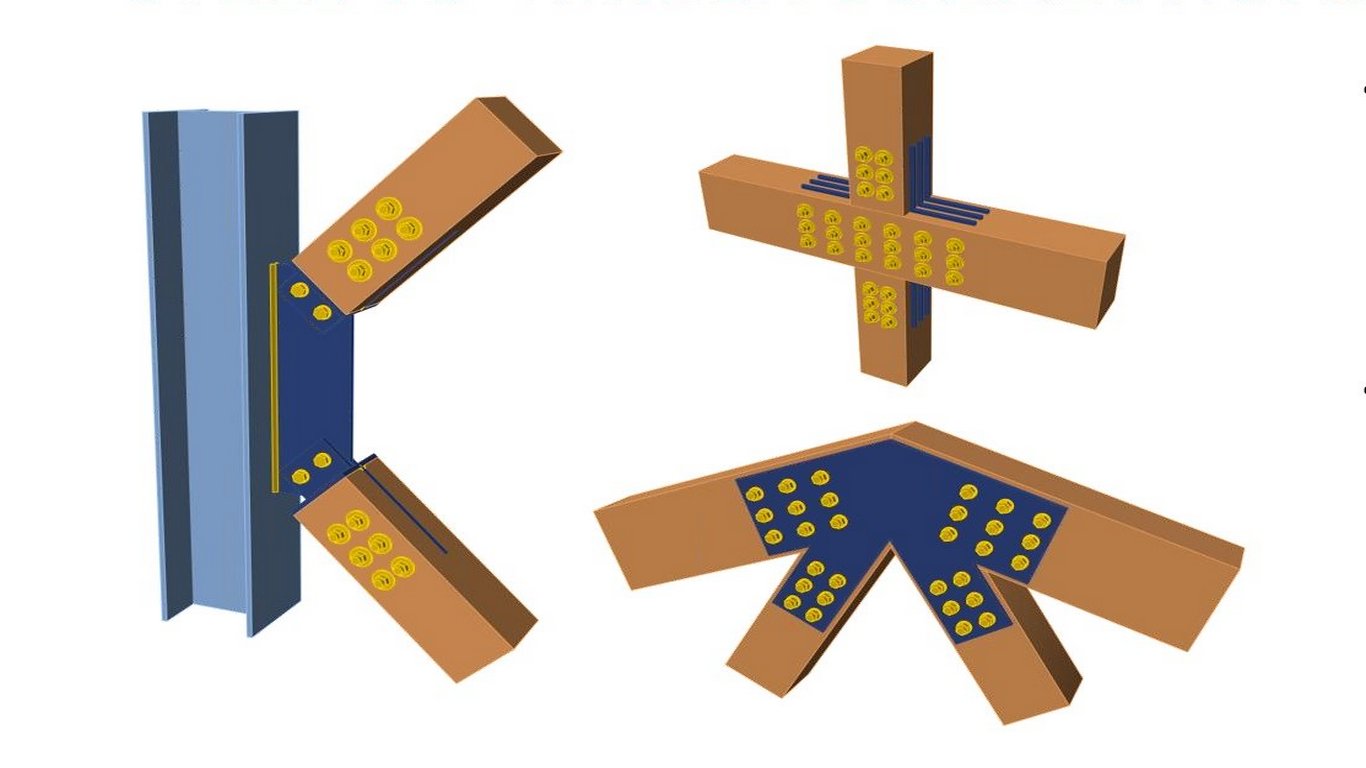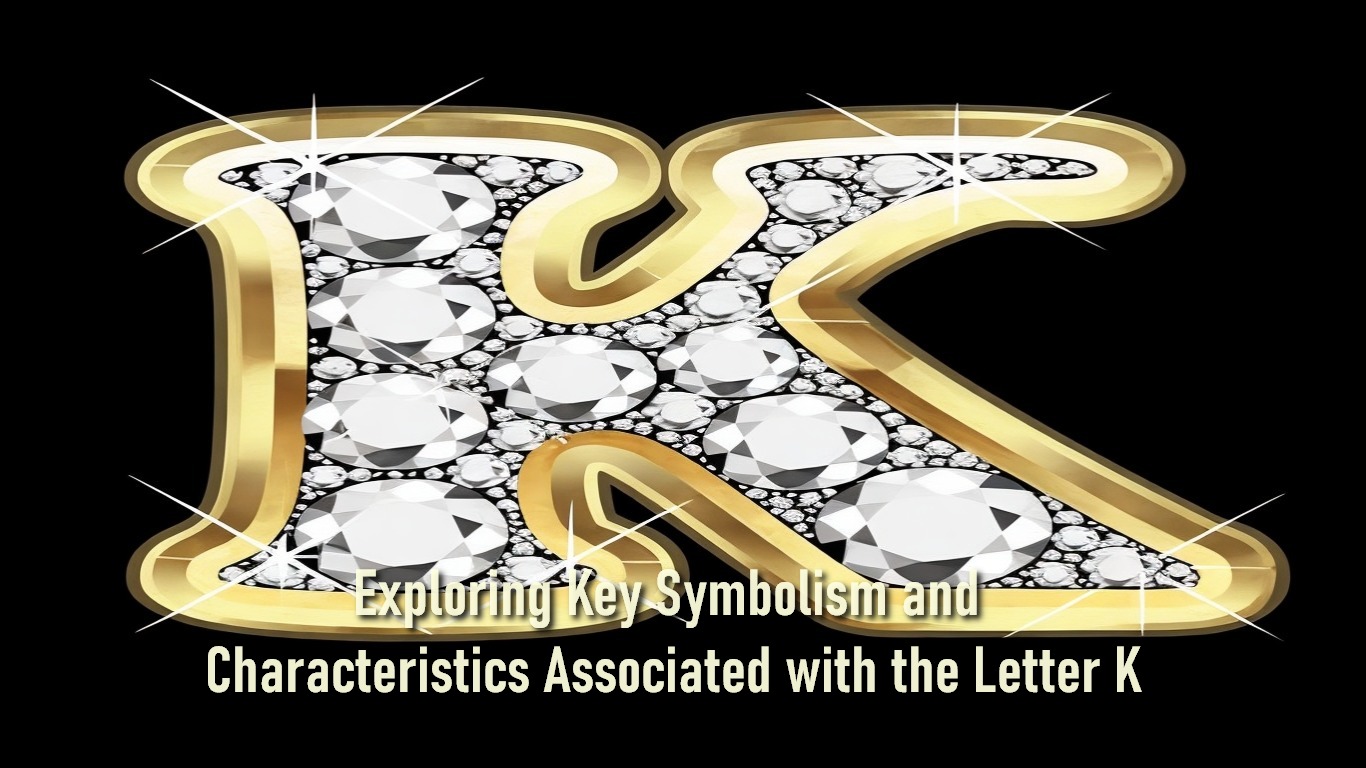The letter “K” is a fascinating character in the English alphabet, bearing a rich tapestry of symbolism and characteristics. In this exploration, we delve into the intriguing world of “K,” examining the letter “K” meaning and unique traits.
K as a Ruler of Sound
The letter “K” is a consonant, and it possesses a distinctive sound – a sharp, percussive, and guttural quality. When pronounced, the tongue briefly touches the roof of the mouth, producing a distinct and commanding sound. This characteristic sound has significant implications in language and symbolism. The sharpness of “K” gives it an assertive and decisive tone, often associated with words that convey authority, action, and control. For example, “king,” “command,” and “kick” are all words where the letter “K” plays a pivotal role, emphasizing dominance and strength.
K as a Symbol of Connection

The letter “K” also serves as a bridge between different linguistic and cultural worlds. It frequently appears in loanwords, enabling the integration of foreign words and concepts into the English language. This adaptability is a reflection of the diverse and ever-evolving nature of language itself. “Kaleidoscope,” “karate,” and “kimono” are just a few examples of how “K” facilitates the blending of cultures and ideas.
K as a Symbol of Knowledge
The letter “K” often carries connotations related to knowledge and wisdom. This connection stems from the frequent use of “K” in words associated with learning and intellectual pursuits. “Knowledge” and “keyboard” are words that incorporate the letter “K” and emphasize the importance of information and insight in our lives. “K” symbolizes the key to unlocking understanding and enlightenment.
K as a Symbol of Transformation
The letter “K” has a transformative quality akin to the process of metamorphosis. This is evident in words where “K” represents change, movement, or progression. For instance, “kaleidoscope” suggests the ever-changing patterns of life, while “knot” symbolizes the coming together of separate elements, and “kale” signifies the transformation of raw ingredients into a nourishing dish. The letter “K” embodies the idea that change is a constant and essential part of life.
K as a Symbol of Mystery and the Occult
The letter “K” has a long history of being associated with the mystical and the occult. This connection can be traced back to ancient esoteric traditions, where “K” was linked to concepts like the hidden, the unknown, and the arcane. In modern culture, this symbolism is evident in words like “karma,” which signifies the belief in the cosmic law of cause and effect, and “kabbalah,” a Jewish mysticism that delves into hidden knowledge and spiritual enlightenment. The letter “K” suggests that there are deeper layers of existence waiting to be unveiled.
In conclusion, the letter “K” is far more than just a character in the alphabet. It carries with it a world of symbolism and unique characteristics. “K” is a ruler of sound, a symbol of connection, knowledge, and transformation, and a gateway to the mysterious and the occult. This single letter has the power to convey authority, blend cultures, represent wisdom, signify change, and allude to hidden truths. Its significance stretches far beyond its position in the alphabet, reminding us of the intricate and ever-evolving nature of language and human expression. The next time you encounter a word with the letter “K,” take a moment to reflect on the profound symbolism and characteristics it holds, and you may find a deeper appreciation for the hidden layers of meaning within our language.

